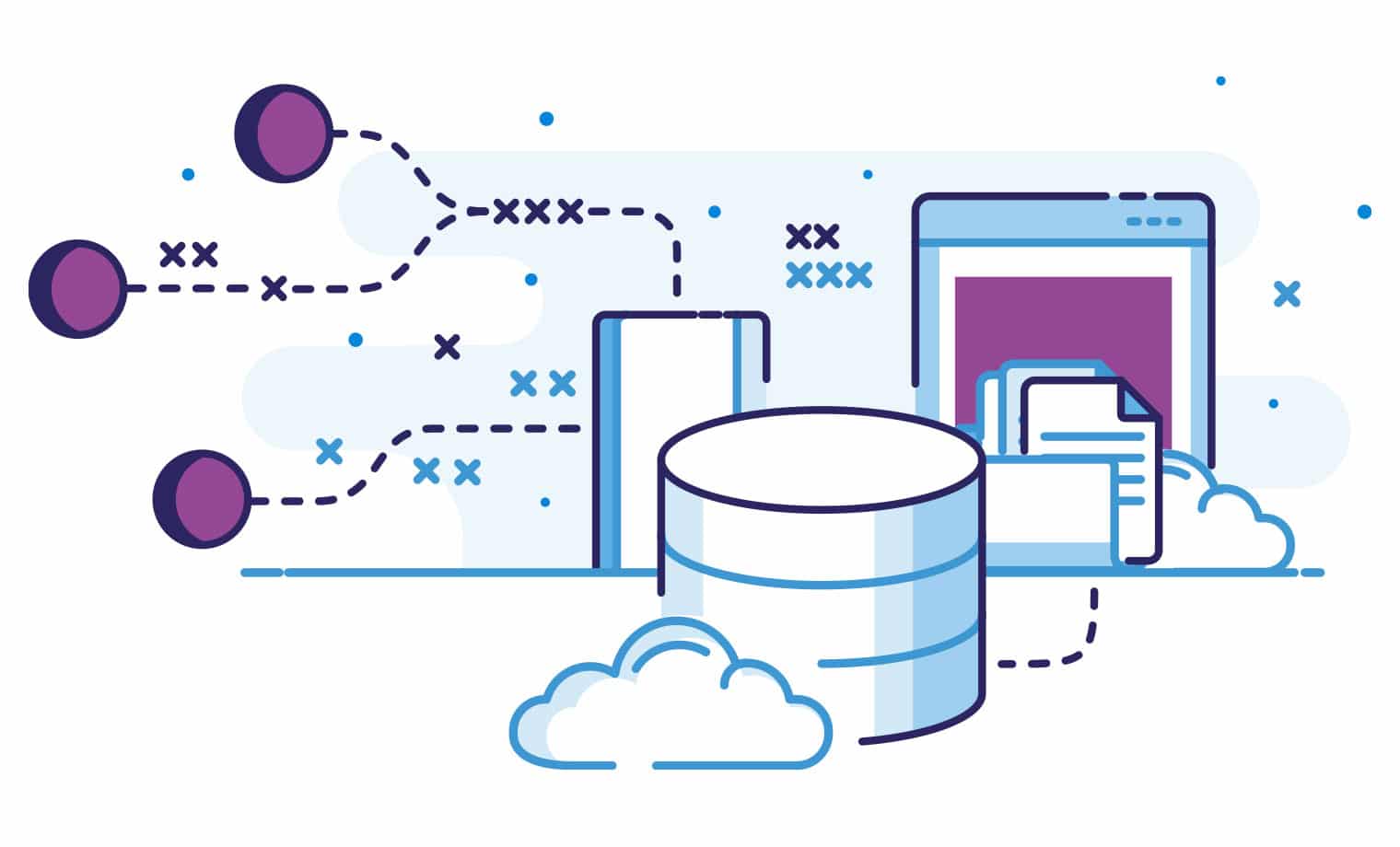A quick web search on the term “Dark Data” will give you chills. You’ll come across articles outlining its high cost and the security risk it poses, along with sensational statistics, like those quantifying 90 percent of all data as Dark Data. It’s understandably terrifying. But what exactly does it mean and more importantly, how can you use it to your firm’s advantage?
Flipping on the Switch
“Dark Data” refers to the information that is collected during regular day-to-day business activities. In that respect it’s just like “Big Data.” The difference is that Dark Data has not been processed, analyzed or otherwise used to benefit your business. By this definition, essentially all data is at one time or another dark. Similarly, all data, if not handled properly, represents a potential security risk.
If you maintain any data at all, you face the same costs and security risks as you do with Dark Data. So why not bring your Dark Data into the light and find creative ways to use it to your company’s advantage?
Case File: The Guiding Light
A client came to us with a dilemma: A small community power company was launching a rebate to their customers who installed ENERGY STAR® certified products. Our client, an ENERGY STAR® partner, wanted to leverage this opportunity in a specific geographic area. With little to no budget for a spontaneous campaign, they hoped to piggyback on the rebate buzz with a direct-mail postcard promoting their high-efficiency products.
To make that budget work, we needed to identify exactly where the postcard needed to be sent to have the greatest impact. Distilling audience data for geo-targeting digital media buys is routine for us. But working on a non-digital case was a bit more challenging.
Instead of the general “geo” area that we use to define digital campaigns, we needed to be able to compile specific zip codes, and even neighborhood details and boundaries such as streets and ranges of house numbers, to fine-tune the mailing. The usual audience data we regularly collect and analyze tends to revolve around a looser “geo” definition, which made it necessary to find some new data sources to work with.
Naturally, we turned to the dark side—and dove into all the data we collect and maintain for this client to see if there was anything that could be repurposed for this task.
By searching through the information generated from their many mobile apps, calculators and product selection tools, we were able to compile an anonymous list of users’ zip codes based on weather data that was entered into the apps. We also found trends in product recommendations for the general metro area.
Next, we cross-referenced the zip codes with some more dark data from a variety of outside sources to identify neighborhoods with the highest concentration of the amenities that coincide with the client’s ENERGY STAR® certified products.
Things That Go Bump
The result? During the two weeks following the mailing, website traffic increased by 50 percent and there was a 37 percent increase in users from the targeted geographical area. Interest in the promoted products surged over 161percent. We were also able to glean valuable information about other types of products that area residents might be interested in for future promotions, noting some product categories showed a 633 percent explosion in interest.
Let’s just say the experience was illuminating for all involved!
To learn how we can use analytics to bring the behavior of your target market along with the opportunities you have lurking in your data to light, contact Josh Stauffer at 616.559.2225.
